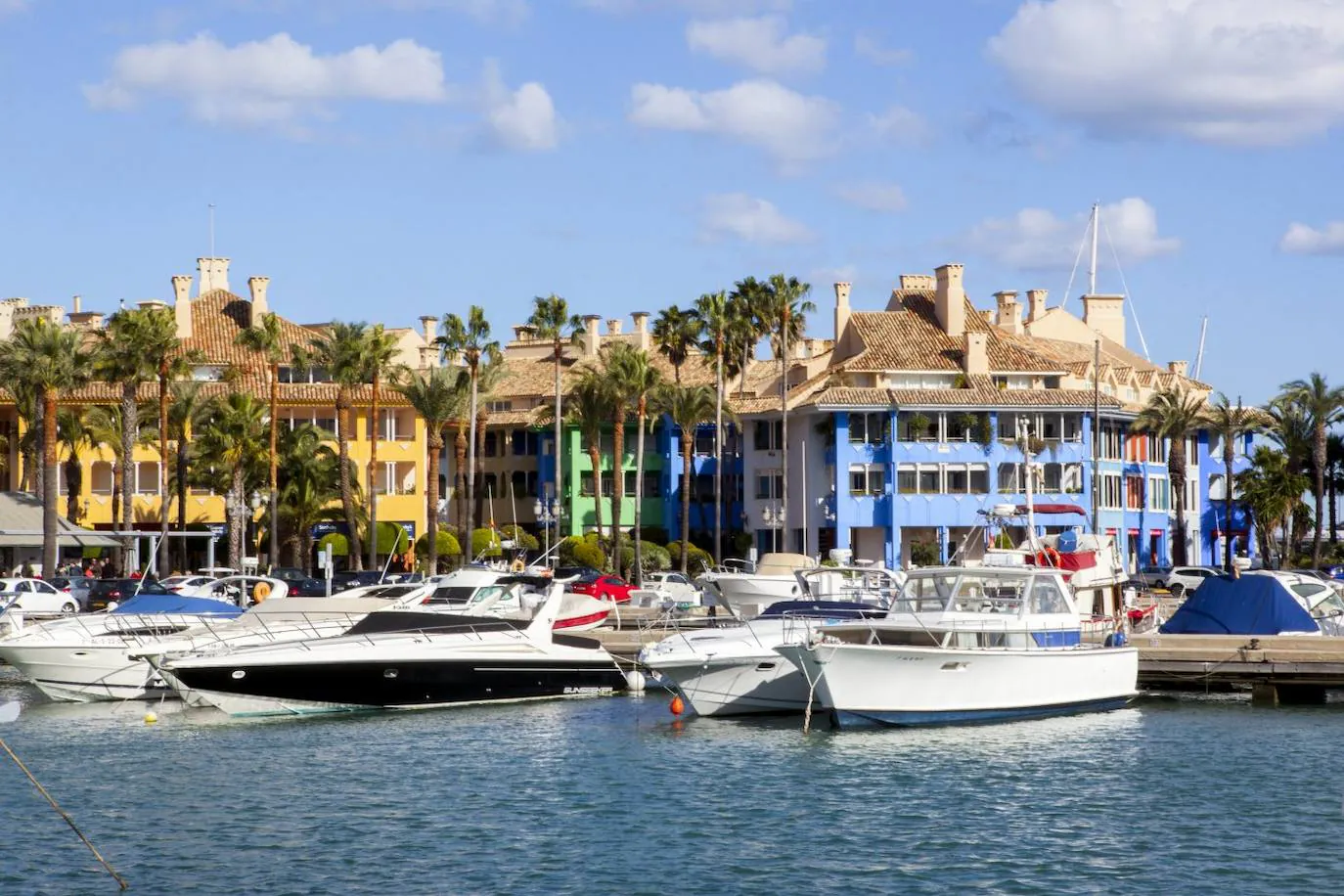San Roque: 'Well beloved' town loyal to King Felipe V
The area was first settled in prehistoric times, but the town was founded in 1704 by Gibraltarians during the War of the Spanish Succession
Unlike most place names in Andalucía, the name of San Roque (Cadiz) is only a little more than 300 years old, as the town was created by Gibraltarians fleeing the Rock during the War of the Spanish Succession (1701-1714).
Situated in the district of Campo de Gibraltar, the area around San Roque has been settled since the prehistoric period, as the remains of the Phoenician trade post, Carteia, demonstrate. The area around Carteia was rich in cereals, fruits, lead, iron, copper and silver, and it was also popular for dyes, especially imperial purple, which was made from rock snails.
Carteia was rediscovered by a British Army officer in the early 18th century, who noted it was located on a hill known as El Rocadillo; this was repeated by English writer Richard Ford in his book, A Handbook for Travellers in Spain.
The settlement was taken by the Romans in 206BC and was named Colonia Libertinorum Carteia. It was occupied briefly by the Visigoths, while in the early 8th century, it became the beachhead of the invasion of Tariq ibn Ziyad's troops.
The town was retaken by Christian forces in the 14th century, although its current name was not registered until the 18th century. The town was named after the patron saint of dogs, invalids, falsely accused people and bachelors, among other things, and his shrine dates back to 1508, which predates the foundation of the town.
The first settlers from Gibraltar arrived in the area of San Roque following an outbreak of typhoid that killed around 25 per cent of the population in 1649, although the current town was founded after the invasion of the Rock by Anglo-Dutch forces in 1704, and was established as a new town two years later. King Felipe V referred to the new town as "my well beloved", because it remained loyal to his cause during the War of the Spanish Succession.

